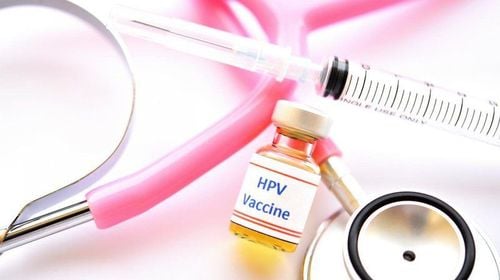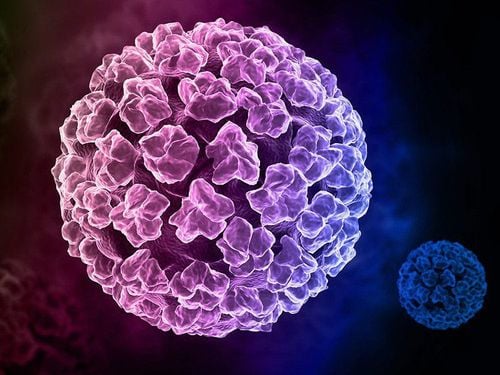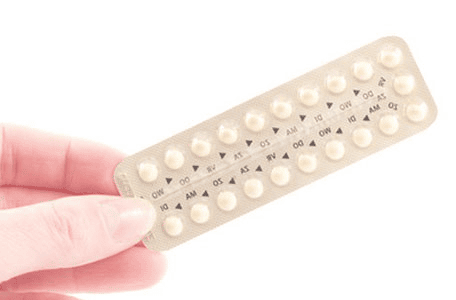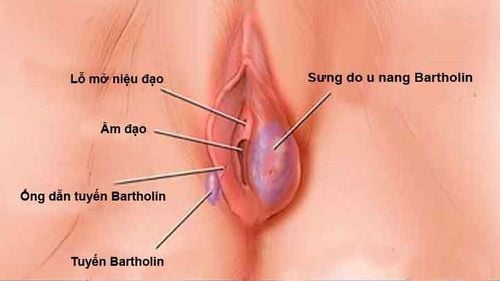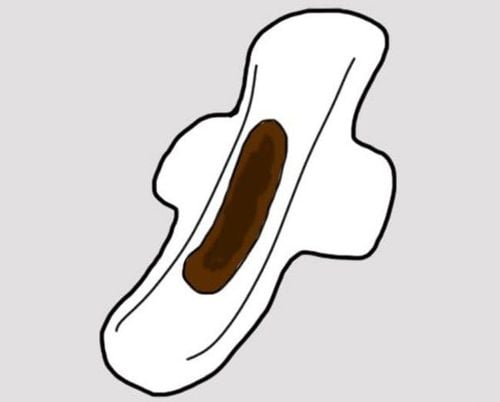This is an automatically translated article.
The article was professionally consulted with Doctor Phan Diem Doan Ngoc - Department of Obstetrics and Gynecology, Vinmec Central Park International General Hospital.Cervical intraepithelial neoplasia (CIN) is an abnormal growth of cells that cover the cervix. These lesions are also called precancerous lesions, CIN can heal on its own or develop into cancer. Screening for early detection, treatment and monitoring of CNI help prevent cervical cancer.
1. What is cervical intraepithelial neoplasia?
Cervical intraepithelial neoplasia (CIN) is a condition in which the epithelial cells in the cervix develop abnormally, also known as dysplasia, the cells reproduce without the control of the body. This is a manifestation of a precancerous condition of the cervix, this condition has not yet invaded the stroma, most of the locations appearing are the transitional region of the cervix, the boundary between the squamous epithelium and the epithelial cells. pillar.Cervical intraepithelial neoplasia (CIN) is most common in women aged 30-50 years.

CIN thường gặp nhất ở phụ nữ trong độ tuổi 30-50.
2. Classification of neoplasia in the cervical epithelium
Based on the extent of growth and the extent of the lesion, cervical epithelial neoplasia is divided into 3 types:Cervical intraepithelial neoplasia grade 1 (CIN1): Abnormal epithelial cells account for 1 Lower third of the cervical epithelium. Cervical intraepithelial neoplasia grade 2 (CIN2): Abnormal epithelial cells occupy the lower two thirds of the cervical epithelium. Cervical intraepithelial neoplasia grade 3 (CIN3): Abnormal epithelial cells occupy the entire cervical epithelium, intraepithelial neoplasia also occurs in CIN3. In addition, at present, in order to be similar to the cytological test results and to facilitate the management, people also tend to divide this lesion into 2 types: low-grade squamous intraepithelial lesions and intraepithelial lesions. elevation tissue.
3. Causes and risk factors for disease
The cause of cervical precancerous conditions is infection with at least 1 type of high-risk HPV virus in the genital tract, including: 16, 18, 31, 33, 35, 39, 45, 51, 52, 56 , 58, 59, 62, 68...Favorable factors include:
Early sex, sex with many people. Multiply. Improper vaginal hygiene. Chronic cervicitis, sexually transmitted infections. Poor nutritional conditions. Smoking, diabetes, natural or acquired immunodeficiency...

Viêm cổ tử cung mạn tính có thể gây CIN
4. Evolution of neoplasia in cervical epithelium
The natural course of precancerous conditions depends on the degree:CIN1 can regress on its own thanks to the body's immune response after a few years, can also develop and develop cancer rates Invasion is about 1%. CIN 2 has about 43% of cases spontaneously regressing, survival develops into invasive cancer in about 5%. CIN3 has an approximately 32% lower chance of regressing and a 12% greater rate of developing cancer. The precancerous status is related to the HPV virus, so screening to detect HPV infection is essential for reproductive health management as well as appropriate early intervention measures.
Precancerous lesions often have no clinical symptoms, so screening tests are needed to detect them. Screening for precancerous signs of cervical cancer plays an important role in early detection and reducing the incidence of cervical cancer, improving the quality of life and prolonging the life of women.
Please dial HOTLINE for more information or register for an appointment HERE. Download MyVinmec app to make appointments faster and to manage your bookings easily.




